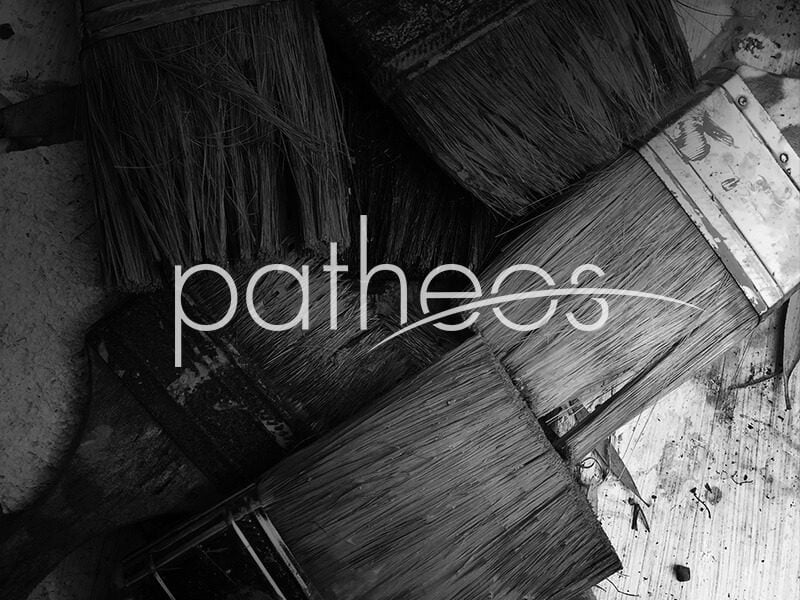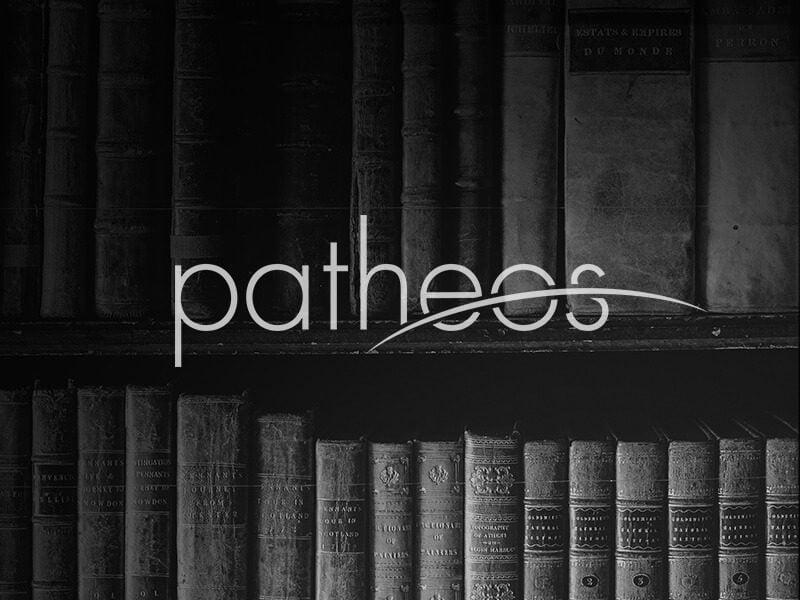Revelation 19:7, 17-18: Let us rejoice and be glad and give the glory to Him, for the marriage of the Lamb has come and His bride has made herself ready . . . And I saw an angel standing in the sun and he cried with a loud voice to all the birds which fly in midheaven, Come, assemble for the great supper of God. Revelation 19 describes two feasts. The Harlot city has fallen, and the Bride is about... Read more
















